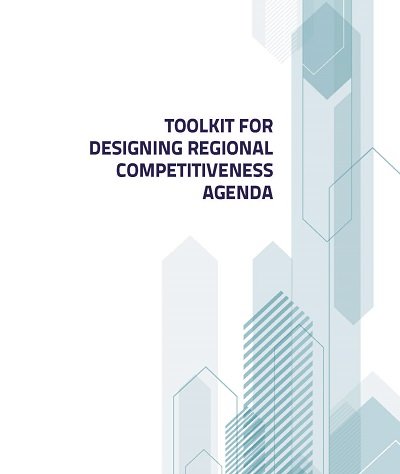Guide for the Design of Regional Competitiveness Agenda by TEPAV

The guidebook prepared under the title “Toolkit for Designing of Regional Competitiveness Agenda” within the scope of the Project on the Competition Agenda for the Southeast Anatolia Project (GAP) region, has executed by TEPAV. The guidebook, which was prepared within the framework of the EU funded Competitiveness Agenda for the GAP Region Project implemented by GAP Region Development Administration Presidency with the technical assistance of United Nations Development Programme (UNDP) has been published.
“Toolkit for Designing of Regional Competitiveness Agenda” allows the tools of analysis for the improvement of regional competitiveness strategies which form the basis of today’s regional development approach to be banded together with a practical and user-friendly content. The study, while identifying the internal development dynamics of the region and the industry concentration areas, also introduces different tools which could be used for identifying areas to be exposed for further improvements; explain how these tools can be used and discusses the functions of these tools’ in the creation of “competitiveness agenda”.
The analytic tools that can be used for enriching the content of the regional competitiveness agenda have been analyzed under 9 headings. These areas which have an integrated structure have taken into consideration the topics directly concern regional competitiveness: (i) investment environment analysis, (ii) export performance and production structure analysis, (iii) value chain analysis, (iv) skill- set analysis, (v) link-level analysis (regression), (vi) external economic environment analysis, (vii) regional innovation ecosystem analysis, (viii) local entrepreneurship ecosystem analysis and (ix) quality of life analysis. Additionally, the study also took on the explanation of how to do measurements, performance analysis, comparisons and identifying causalities and the different kinds of meanings these could derive for the “regional competitiveness agendas”.
Aside from the analytical tools introduced in the guidebook, a framework was presented in the last section to advance from analyses to synthesis and revealing a story accordingly. In the regional competitiveness agenda which is the last section of the toolkit, suggestions have been offered on what kinds of roads could be followed after the usage of tools in this toolkit. These recommendations seek to offer ways of how to put forward stories on regional competitiveness as well as the synthesis of results after the usage of tools as mentioned above.
- Toolkit for Designing Regional Competitiveness Agenda














